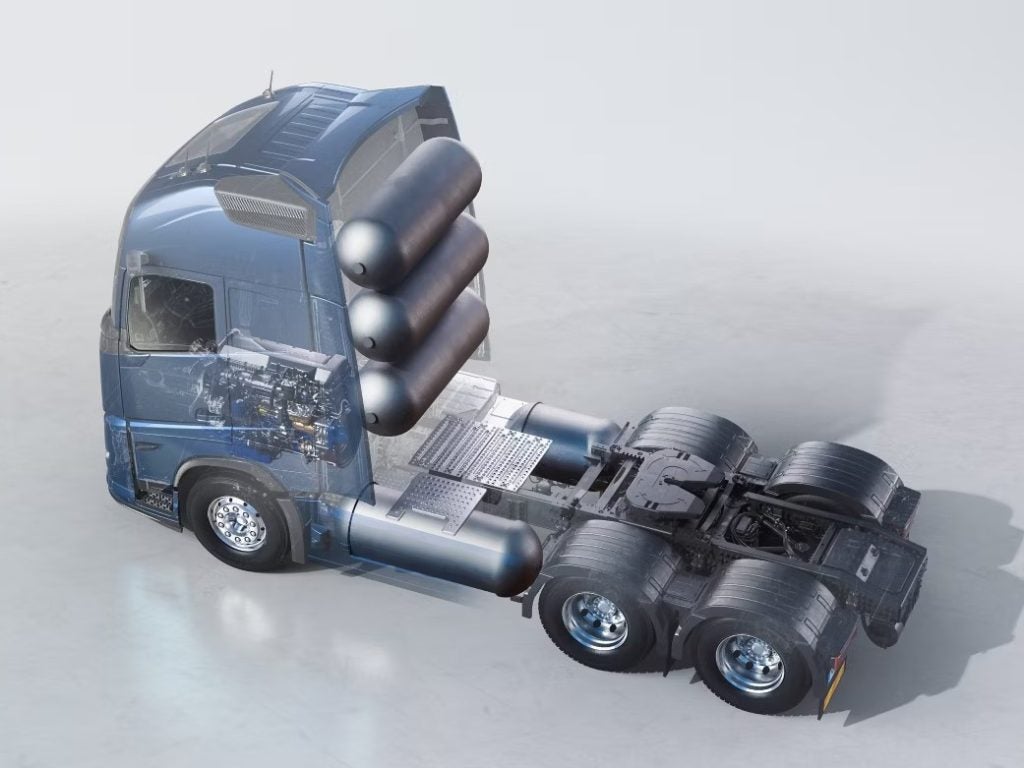 With media watchdogs clamping down on speed and performance advertising targeted at men, carmakers are paying more attention to the formidable presence of women in the marketplace. But, unlike earlier campaigns portraying men as the underdog in the battle of the sexes, today’s campaigns are more ‘gender neutral’. Report by Claire Bowen.
With media watchdogs clamping down on speed and performance advertising targeted at men, carmakers are paying more attention to the formidable presence of women in the marketplace. But, unlike earlier campaigns portraying men as the underdog in the battle of the sexes, today’s campaigns are more ‘gender neutral’. Report by Claire Bowen.
Of the 30m motorists on Britain’s roads, almost half are female and it’s predicted that they will soon be in the majority. Not only is the number of female drivers on the increase but the number of women who buy their own cars is also growing. Currently three in five females own a car and it’s estimated that nearly 900,000 women are planning to buy a car in the next six months.
But despite this gender shift, car advertising is still biased towards men. True, the once blatant themes of power and performance have been reined in because of pressure from advertising watchdogs, but there’s always the good old fall-back of sex, with messages transmitted to men rather than women. Even some manufacturers who have elected to market a car on looks rather than performance target the male market. Typical of this is the Chrysler advertisement for the Voyager people carrier which states it’s ‘The sexiest thing to carry your children since your wife.’
But things are changing. Because of the safety lobby and its influence on advertising, carmakers can no longer show “features blokes like to watch such as speeding and fast cornering,” says Stuart Harris, Vauxhall’s manager of product affairs and a former marketing manager with the company.
“Now women are becoming a more important target market and girls like to look at good looking ads, so glitzy glamour with practical solutions is the way to go. Girl power is coming back but in a more mature and realistic manner.”
How well do you really know your competitors?
Access the most comprehensive Company Profiles on the market, powered by GlobalData. Save hours of research. Gain competitive edge.

Thank you!
Your download email will arrive shortly
Not ready to buy yet? Download a free sample
We are confident about the unique quality of our Company Profiles. However, we want you to make the most beneficial decision for your business, so we offer a free sample that you can download by submitting the below form
By GlobalDataThis is backed up by Sara Nicholson, brand manager for the Corsa, Agila and Meriva. “We have to understand the audience we approach. We musn’t be patronising or make the adverts biased in favour of either side,” explained Sara.
“Women interpret thing differently and have a more practical approach but the car still has to have character. They look at what the car can do for them as well as cost of ownership.”
She agrees that while cars like Ford’s StreetKa and the Citroen Pluriel may be described as ‘girly’ (and you can’t get more girly than Kylie Minogue promoting StreetKa), they are not designed solely for women. “It would be patronising and while the styling looks great, they are not sporty. Not everyone wants to be a boy racer. There are lots of men these cars will appeal to as well.”
While the Pluriel may look every bit a ‘women’s car’, it takes just five minutes of trying to remove or replace the roof to realise this has not been designed with the not so brawny fairer sex in mind.
While practicality is high on a female motorist’s priority list, some also seek performance and fun and Fiat has been one manufacturer to realise this with a range of ads showing the wily side of women.
It’s seven years since the first Spirito di Punto advertisements were unveiled and though they are directed towards women they also appeal to men.
“At that time there were a lot of ‘avenging bitch’ type ads for small cars and men were being portrayed as the underdog,” explained Kate Harrison who handles the Fiat account for the Leo Burnett advertising agency.
“We developed a campaign for both men and women. The small car sector is not a man’s world but men do buy small cars. Part of the strategy was to bring fun into the ads and not create male and female stereotypes. Women didn’t need to usurp the male. There had to be a twist, humour and a battle but no clear winner.”
And this obviously works as both men and women claim to enjoy the advertisements, with Birmingham folk contacting the agency to say they love the current ‘you were a waitress in a cocktail bar’ which features a man with the Brummie accent.
Fifty per cent of the motor industry’s annual £800 million advertising budget goes on television with magazines accounting for a tiny six per cent of the total spend. And women’s magazines are one small part of that.
Here cars are presented more as a fashion accessory. Jacquie Pavitt, a former UK brand manager for the Ford Focus and now responsible for the Fiesta, was one to spot this area. She introduced a limited edition Focus with girly appeal – The Focus Black. With its metallic black finish and midnight black leather upholstery, it was photographed as another item in a women’s wardrobe. “It is perfect for the fashion conscious. It is the ultimate ‘must have’ for any wardrobe – it goes with everything,” she explained.
Now many magazines carry similar type advertisements but few have any motoring editorial. One of the reasons, I suspect, is that most women’s glossies are based in London where staff find it more convenient to use public transport or catch an expense account cab rather than opt for car ownership.
Neither have most carmakers yet got round to the idea of appointing a woman as head of marketing. Of more than 20 manufacturers we contacted, only Skoda bucks the trend with Mary Newcombe. She, too, cites the clampdown on speed and performance as a major contributory factor in the trend towards more ‘unisex’ advertising. “The Toyota Yaris campaign is pretty gender neutral – possibly with a slightly greater appeal to women – but Ford understandably targets men for the Mondeo because it’s more of a male vehicle,” said Mary.
Perversely, the message is sometimes lost on the target audience. Sales of the Hyundai’s sporty looking Coupe are 60 per cent female, though the arrival of the “more masculine” version, is expected to appeal more to men, according to Liz Vasey, product planning and communications manager for the Hyundai Coupe, Getz and Terracan.
She believes that people don’t notice gender type advertisements. “You have to be realistic and understand that men play a part in the purchase decision of a car even though it will be driven by a woman,” she added.
Skoda’s Mary Newcombe supports the view that the battle of the sexes is over and campaigns will have to reflect neutrality. Her challenge now is to convince consumers of whatever sex that Skoda is a car they can park on their drive without the predictable jokes from neighbours. “We’ve already got over the message that the car is a quality product. Now it’s a case of saying ‘look, Skoda owners have shown the courage of their conviction – have you got that same courage?'”
Vauxhall’s Sara Nicholson echoes the neutrality view by saying “we need to have one message – one that appeals to everyone”. But Mary Newcombe’s acknowledgement that “people make a judgement about you from the badge on your car” transcends any debate over which sex happens to own the badge.








